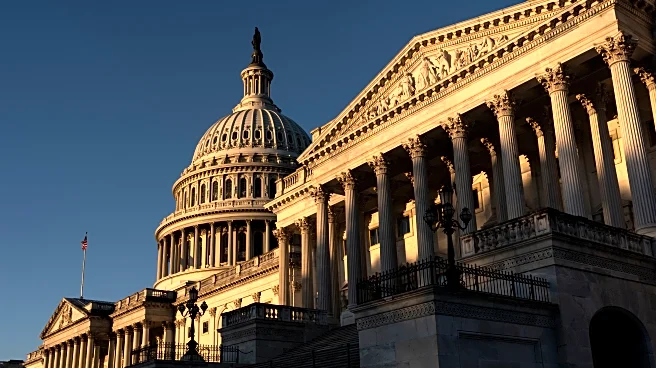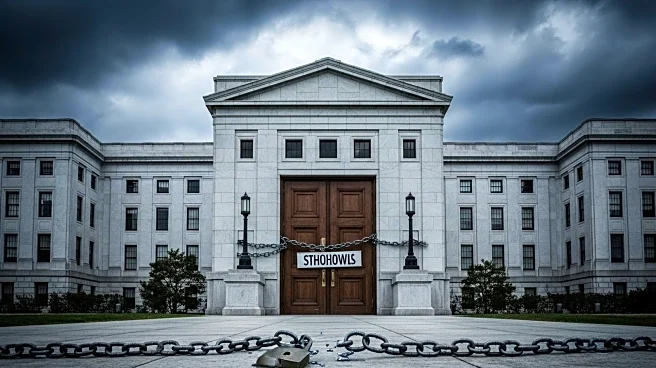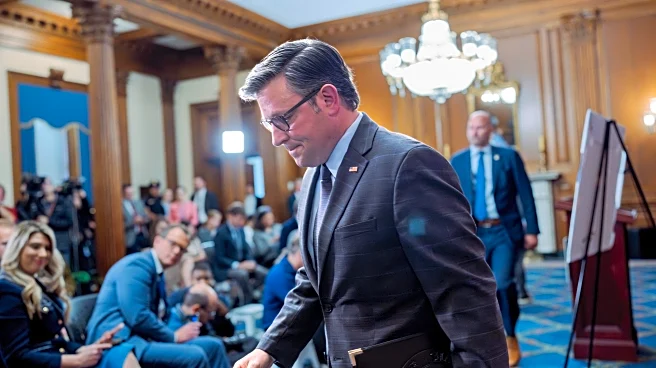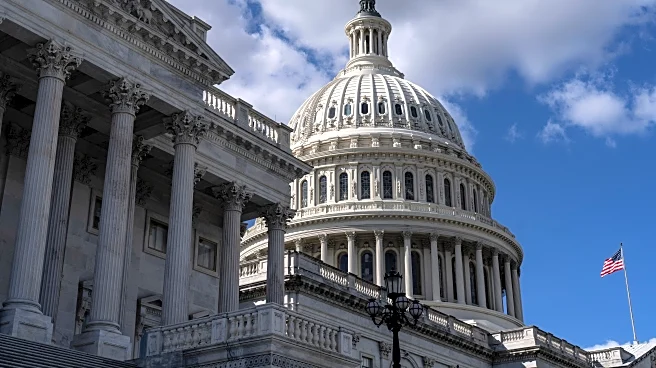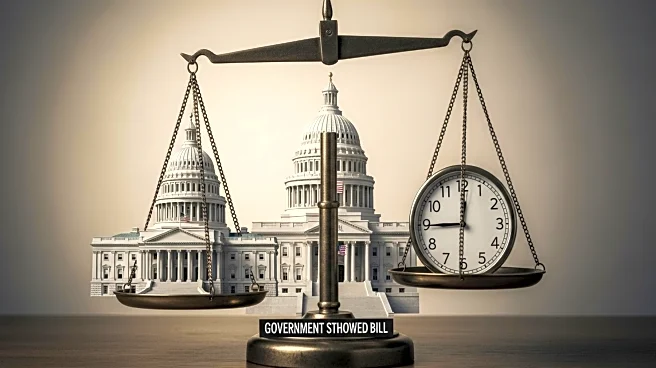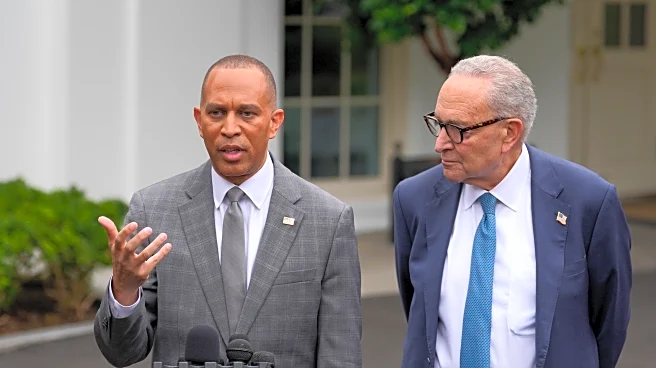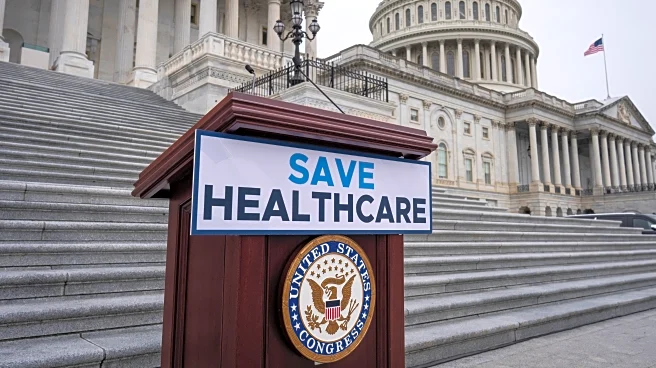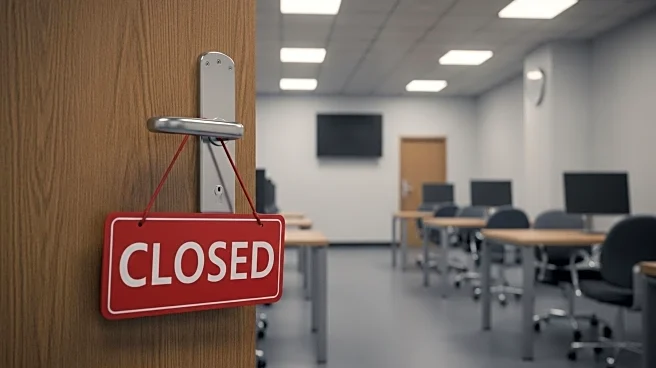What's Happening?
The Senate has once again rejected proposals to reopen the government, increasing the likelihood of widespread layoffs across federal agencies. The rejection of a House-backed continuing resolution to fund agencies through November 21 has left Democrats and Republicans at an impasse, with no clear resolution in sight. The Trump administration has indicated that the funding lapse could lead to layoffs, particularly targeting agencies aligned with Democratic priorities. Senate Democrats are demanding that any deal to reopen the government include addressing the impending premium increase for those receiving health insurance through the Affordable Care Act. Republicans, however, insist that negotiations on this issue will only occur once the government is reopened. The shutdown has already resulted in over 620,000 employees being furloughed, with the number expected to rise.
Why It's Important?
The ongoing government shutdown has significant implications for federal employees and the services they provide. The threat of layoffs adds pressure on both parties to reach a resolution, as it could lead to disruptions in essential services and impact the livelihoods of many workers. The shutdown also highlights the deep political divisions in Congress, with Democrats and Republicans unable to agree on a path forward. The potential increase in health insurance premiums due to the expiration of Obamacare funds is a critical issue for many Americans, and its resolution is tied to the broader negotiations to end the shutdown. The situation underscores the challenges of governance in a polarized political environment, where partisan interests often overshadow the need for compromise.
What's Next?
As the shutdown continues, the pressure on lawmakers to find a solution will intensify. The Trump administration may take further measures to leverage the funding lapse, potentially increasing the stakes for both parties. Senate Minority Leader Chuck Schumer has expressed willingness to negotiate, but Republicans have yet to show signs of compromise. The impact on federal services and employees will likely grow, prompting calls for urgent action from various stakeholders. The resolution of the shutdown may hinge on addressing the health care funding issue, which remains a central point of contention. The situation remains fluid, with potential developments in negotiations or further political maneuvers.

